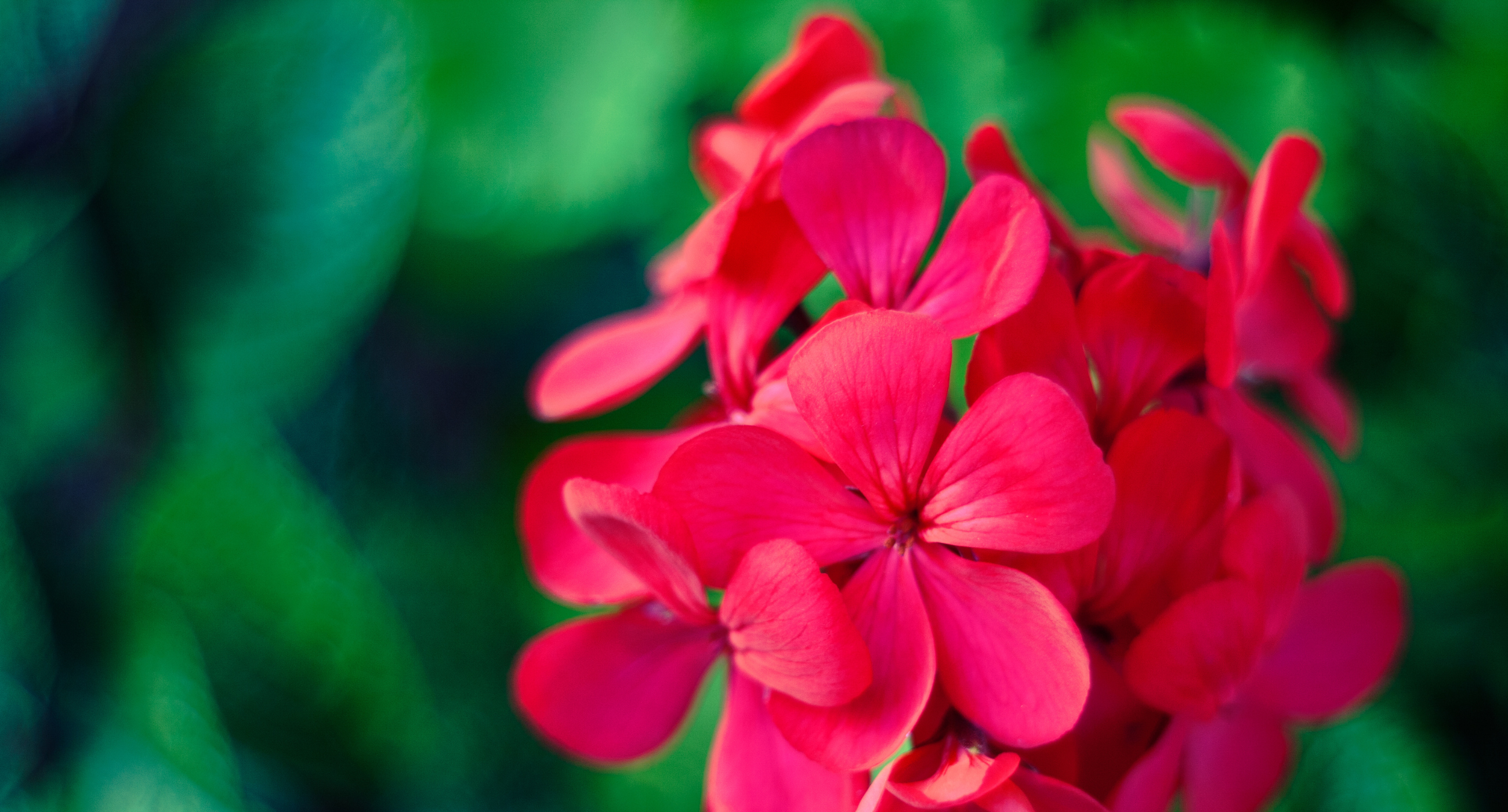
Geranium
Scientific Name: Pelargonium species
Herbal Profile: Geranium (Pelargonium species)
Common Names: Geranium, Cranesbill
Botanical Name: Pelargonium species (commonly Pelargonium graveolens for the scented varieties)
Family: Geraniaceae
Description
Geraniums are perennial plants known for their fragrant leaves and attractive flowers. They are native to South Africa but are widely cultivated in gardens and pots worldwide.
Parts Used
- Leaves
- Flowers
- Essential oil
Active Constituents
- Geraniol
- Citronellol
- Linalool
- Terpenes
- Flavonoids
- Tannins
Medicinal Uses
- Astringent: Geranium has astringent properties, making it useful for treating wounds, cuts, and abrasions.
- Anti-inflammatory: It can help reduce inflammation and is sometimes used in the treatment of skin conditions like eczema and dermatitis.
- Antimicrobial: The essential oil has antimicrobial properties and can be used to treat infections and as a natural preservative.
- Hemostatic: It helps stop bleeding and can be applied to minor cuts and injuries.
- Stress and Anxiety Relief: The aroma of geranium essential oil is said to have a calming effect, reducing stress and anxiety.
Therapeutic Uses
- Skin Care: Used in creams and lotions to treat acne, dermatitis, and oily skin.
- Aromatherapy: The essential oil is used in diffusers to promote relaxation and emotional well-being.
- Herbal Tea: Leaves can be used to make a tea that is thought to have mild diuretic and detoxifying effects.
- Massage Oil: Diluted essential oil can be used in massage oils to relieve muscle pain and tension.
Precautions
- Allergic Reactions: Some individuals may be allergic to geranium oil, causing skin irritation or sensitization.
- Pregnancy and Breastfeeding: Should be used with caution during pregnancy and breastfeeding. Consult a healthcare provider before use.
- Internal Use: Essential oil should not be ingested without professional guidance due to its potent nature.
Preparation and Dosage
- Essential Oil: Typically diluted with a carrier oil for topical application (1-2% dilution).
- Infusion: 1-2 teaspoons of dried leaves in a cup of hot water, steeped for 10-15 minutes.
- Tincture: 2-4 ml of a 1:5 tincture three times daily.
Cultivation
- Climate: Prefers warm, sunny climates.
- Soil: Well-draining soil with moderate fertility.
- Watering: Regular watering, allowing the soil to dry out slightly between waterings.
- Propagation: Can be propagated from cuttings or seeds.
Harvesting
- Leaves: Can be harvested throughout the growing season.
- Flowers: Best harvested in full bloom.
Storage
- Dried Leaves: Store in an airtight container in a cool, dark place.
- Essential Oil: Store in a dark glass bottle away from direct sunlight and heat.
Recipes
- Geranium Infusion:
- 1-2 tsp of dried geranium leaves
- 1 cup boiling water
- Steep for 10-15 minutes, strain, and drink.
- Geranium Skin Toner:
- 1 cup distilled water
- 10 drops geranium essential oil
- Mix and store in a spray bottle. Use as a facial toner.
- Relaxing Geranium Bath:
- 5-10 drops of geranium essential oil
- Mix with a carrier oil or bath salts and add to bathwater.
By incorporating geranium into your herbal regimen, you can enjoy its wide range of therapeutic benefits. Always consult with a healthcare provider before starting any new herbal treatment.
